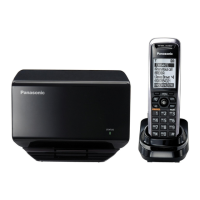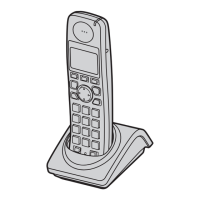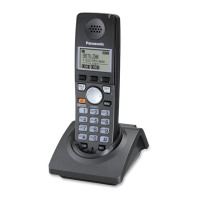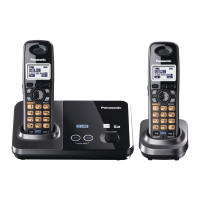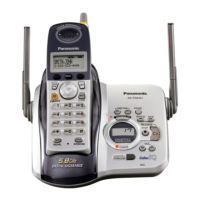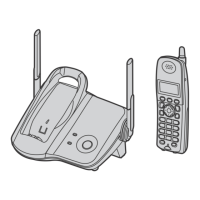3. [ ]/[ ]: "Network Settings" ®
4. [ ]/[ ]: "IPv6 Settings" ®
5. [ ]/[ ]: "DHCP" ®
6. [ ]/[ ]: "Auto" ®
• Select "Manual" to enter the addresses for DNS1 (primary DNS server) and, if necessary, DNS2
(secondary DNS server) manually, and then press
.
7.
To configure network settings automatically using RA
1.
/
2. [ ]/[ ]/[ ]/[ ]: ®
3. [ ]/[ ]: "Network Settings" ®
4. [ ]/[ ]: "IPv6 Settings" ®
5. [ ]/[ ]: "RA" ®
6. Enter the addresses for DNS1 (primary DNS server) and, if necessary, DNS2 (secondary DNS server)
manually, and then press
.
7.
To configure network settings manually
1. /
2. [ ]/[ ]/[ ]/[ ]: ®
3. [ ]/[ ]: "Network Settings" ®
4. [ ]/[ ]: "IPv6 Settings" ®
5. [ ]/[ ]: "Static" ®
6. Enter the IP address, Prefix (for IPv6), Default Gateway, DNS1 (primary DNS server), and, if necessary,
DNS2 (secondary DNS server), and then press
.
7.
Note
• If your phone system dealer/service provider does not allow you these settings, you cannot change
them even though the unit shows the setting menu. Contact your phone system dealer/service provider
for further information.
• If you select "DHCP" for the connection mode, all the settings concerning static connection will be
ignored, even if they have been specified.
• If you select "DHCP" for the connection mode and "Auto" for DNS, the DNS server settings (DNS1 and
DNS2) will be ignored, even if they have been specified.
1.1.4 Overview of Programming
There are 3 types of programming, as shown in the table below:
Programming
Type
Description References
Phone user
interface
programming
Configuring the unit’s settings directly from the unit.
® 1.1.5 Phone User Interface
Programming
® Section 3 Phone User
Interface Programming
Document Version 2017-07 Administrator Guide 27
1.1.4 Overview of Programming

